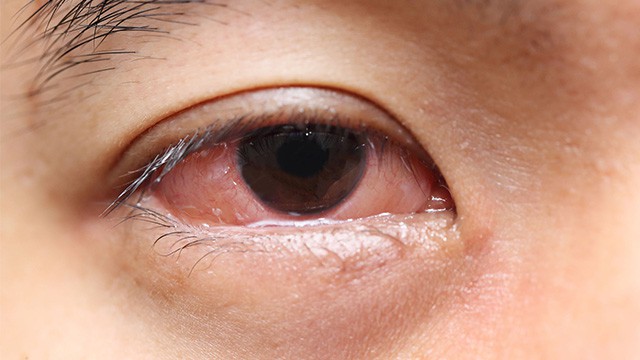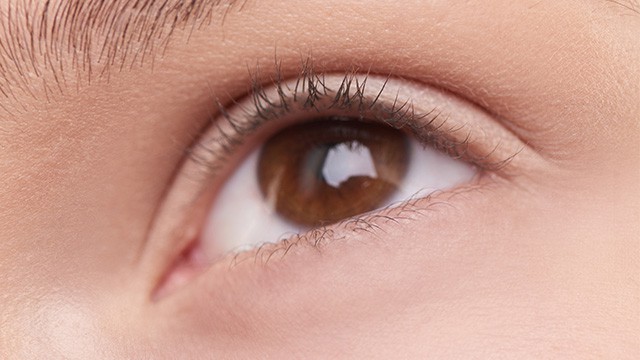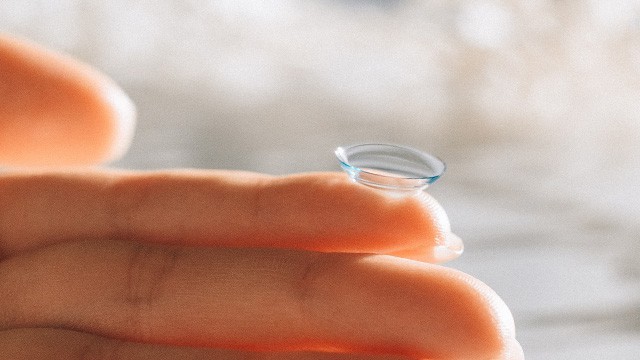Eye infections are often caused by exposure to viruses or bacteria and it can happen to both adults and children. Notably, contact lens users tend to be at higher risk of developing eye infections due to frequent hand to eye contact and micro-abrasions on the surface of the eye.
In more severe cases where infections develop into corneal ulcers, you may need to be hospitalised for intensive treatment. Rarely, the corneal infection may be so severe that surgery such as corneal transplantation is required.
To prevent eye infections, it is important to practise good hand and eye hygiene. Some tips to doing so include:
- Washing your hands often
- Refraining from touching your eyes
- Avoid sleeping with contact lens
- Practise good contact lens hygiene
- Never reuse disposable contacts.
- Avoid old, expired or infected eye cosmetics
- Do not share eye cosmetics or personal eye care items
- Remove makeup thoroughly before sleep
- Change your pillowcase regularly
Conjunctivitis, eyelid stye and corneal ulcer (keratitis) are three of the more common types of eye infections.
Conjunctivitis (pink eye)

Non-contagious conjunctivitis is usually triggered by an allergic reaction or irritants, such as dust, pollen, smoke or the chlorine in swimming pool, and tend to appear in both eyes.
Symptoms
General symptoms of conjunctivitis include:
- Itching of the eyes
- Watery eyes
- Swollen eyelids
- Sensitivity to light
- White, yellow, or green discharge that forms crust around the eye during sleep
Treatment:
Antibacterial eye drops are usually prescribed by doctors for the treatment of infective conjunctivitis. In cases of allergic conjunctivitis, antihistamines and lubricants may be prescribed. Some patients with persistent or severe allergic conjunctivitis may also require topical steroid eye drops.
Eyelid stye

Eyelid styes tend to appear as painful red bumps inside or under your eyelid, or at the base of your eyelashes. These are similar to a pimple and are not contagious. However, it is possible to transfer the bacteria through the sharing of make-up.
Styes can recur after they’ve healed.
Treatment:
Most eye styes go away on their own in about a week. Placing a warm compress on the affected eye may quicken the healing process.
See a doctor if your eye stye does not subside, continues to swell, or if your vision is affected.
Never try to pop an eyelid stye, as doing so will spread the infection to the rest of your eyelid. It is also very important to keep the infected eye clean.
Infective Keratitis (Corneal Ulcer)

Symptoms:
General symptoms of infective keratitis include:
- redness and swelling in the eye
- pain
- loss of some vision or blurry vision
- Increase in eye discharge, Increase in tearing
- light sensitivity
Treatment:
Treatment of infective keratitis depends on the cause, and can include antibacterial, antifungal or antiviral eye drops, and oral medication.
Apart from viral keratitis, most people can avoid other forms of the condition by practising good contact lens hygiene.
Keratitis can also affect people who do not wear contact lenses. It is important to protect the eyes from potential damage, such as wearing protective eyewear when working with sharp objects.
Corneal ulcers must be promptly treated to prevent blindness. For severe cases, the ulcer may progress to loss of vision, and even total blindness in some people. Some may even require corneal transplantation to treat the infection or to restore vision.
Make An Appointment
Make an appointment to consult an ophthalmologist at our eye clinic. Select "Specialist Appointment". Under Specialist Appointment Details, select "Ophthalmology", and include any message you might have in the Remarks.
Make an enquiry. We will get back to you within 2 working days. You can reach us at 6311 1220.